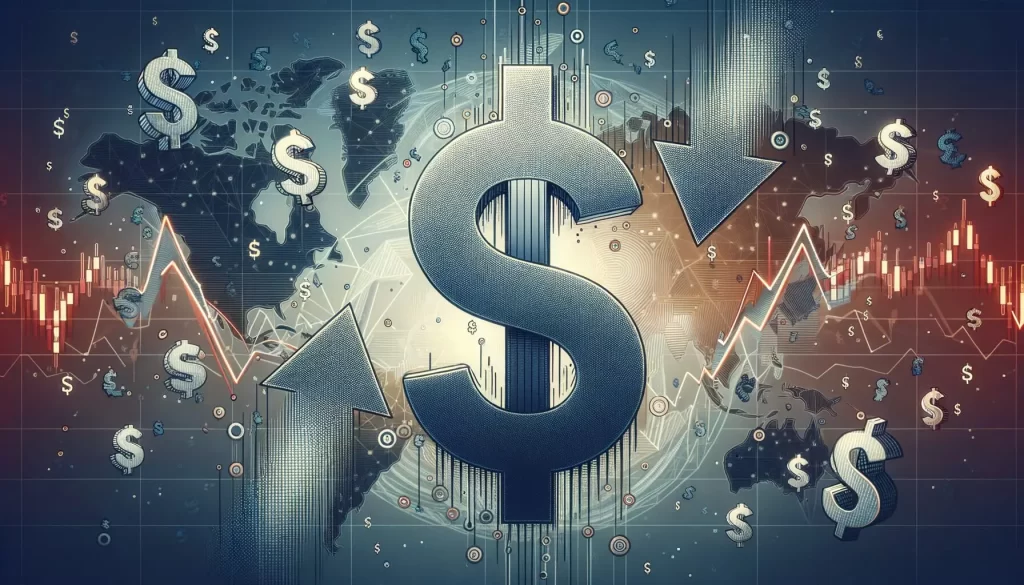Will the US Dollar Gain Strength After Fedís Hold? Experts Weigh In

The U.S. dollar has shown signs of strength following the Federal Reserveís decision to keep interest rates unchanged, a move that reflects a cautious but steady economic outlook. Investors and analysts are closely monitoring the Fedís stance as markets react to its monetary policy.
Fedís Decision and Market Response
On Wednesday, the Federal Reserve opted to maintain its benchmark interest rate at the current level, signaling a commitment to its inflation-fighting strategy while awaiting further economic data. Fed Chair Jerome Powell stated that while inflation has moderated, it remains above the central bankís 2% target, requiring a careful approach to policy adjustments.
Following the announcement, the U.S. dollar index, which measures the currency against a basket of major global currencies, edged higher, reflecting increased investor confidence in the dollarís stability. Treasury yields also remained steady, indicating a market consensus that the Fedís policy direction remains firm.
Expert Opinions on the Dollarís Trajectory
Financial experts suggest that the dollar could continue to strengthen in the short term as uncertainty looms over potential rate cuts later this year. Many analysts believe that the Fedís cautious tone suggests it is not in a hurry to cut rates, which could support the dollarís value against other currencies.
"The Fedís hold signals that inflation is still a concern, meaning rate cuts may not come as quickly as the market anticipated," said Jane Lawson, an economist at Global Financial Insights. "This could lead to sustained demand for the dollar as a safe-haven asset."
However, some experts caution that if the Fed pivots toward rate cuts later in 2024, the dollar could lose some of its recent gains. A more dovish policy could weaken the greenback, especially against currencies where central banks maintain tighter monetary policies.
Read This :†Cetoex Made Easy 8-Step Guide to Buying Crypto.
Global Market Implications
The Fedís decision has also influenced global markets. European and Asian currencies reacted to the dollarís movement, with the euro and yen facing downward pressure. Meanwhile, commodity prices, particularly gold, saw increased demand as investors weighed potential shifts in Fed policy later in the year.
Emerging markets, which are often sensitive to U.S. interest rate decisions, are also keeping a close watch on the Fedís next steps. A stronger dollar can increase borrowing costs for countries with dollar-denominated debt, potentially impacting economic growth in these regions.
Looking Ahead
The key question remains: will the Fed implement rate cuts later this year? Market participants will be closely analyzing upcoming economic data, including inflation reports and employment figures, to gauge the central bankís next move. If inflation continues to cool and economic growth slows, the Fed may eventually pivot, altering the dollarís current trajectory.
For now, the U.S. dollar remains resilient, with investors closely watching the Fedís next steps. As global uncertainties persist, the greenbackís strength will largely depend on the central bankís approach to balancing inflation control with economic stability.
Do Follow Us On Social Media And Keep Reading And Become Our Members




